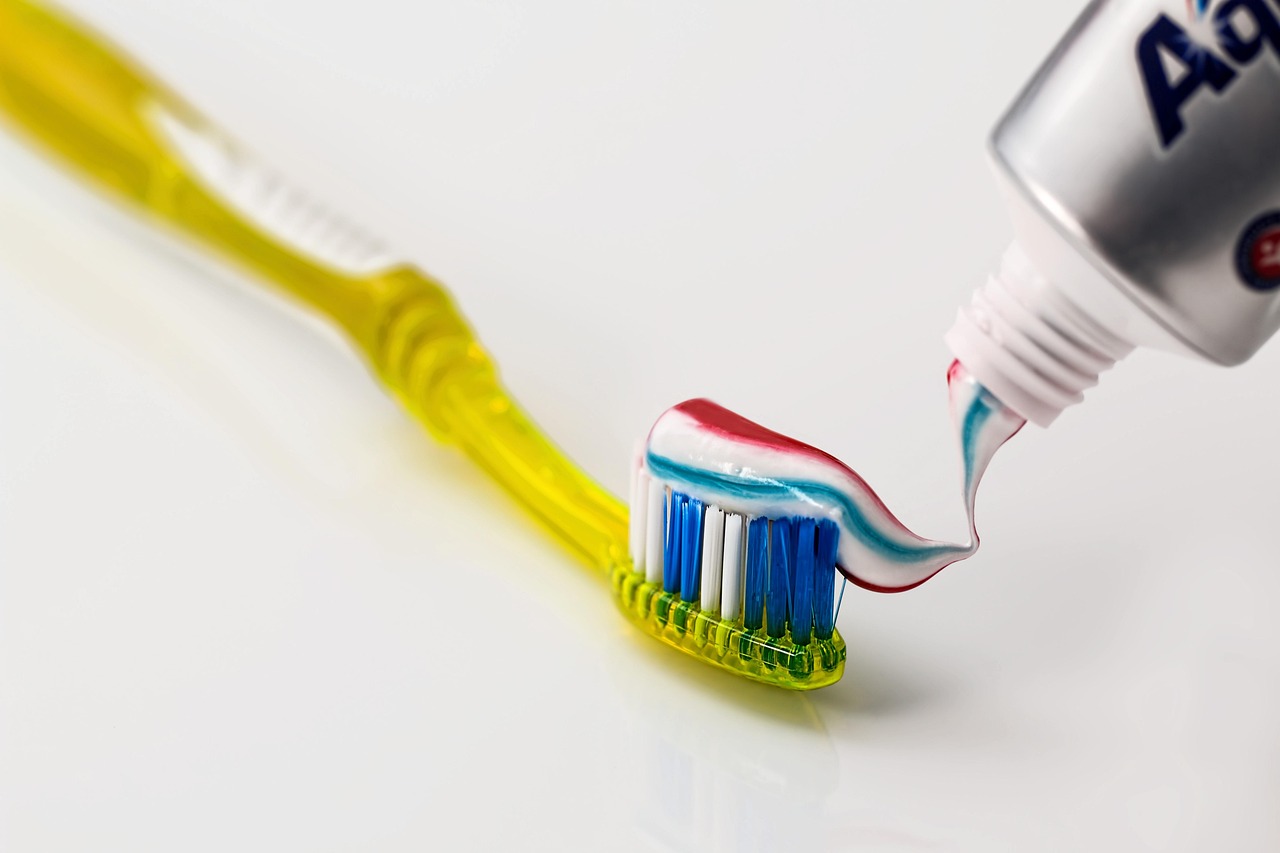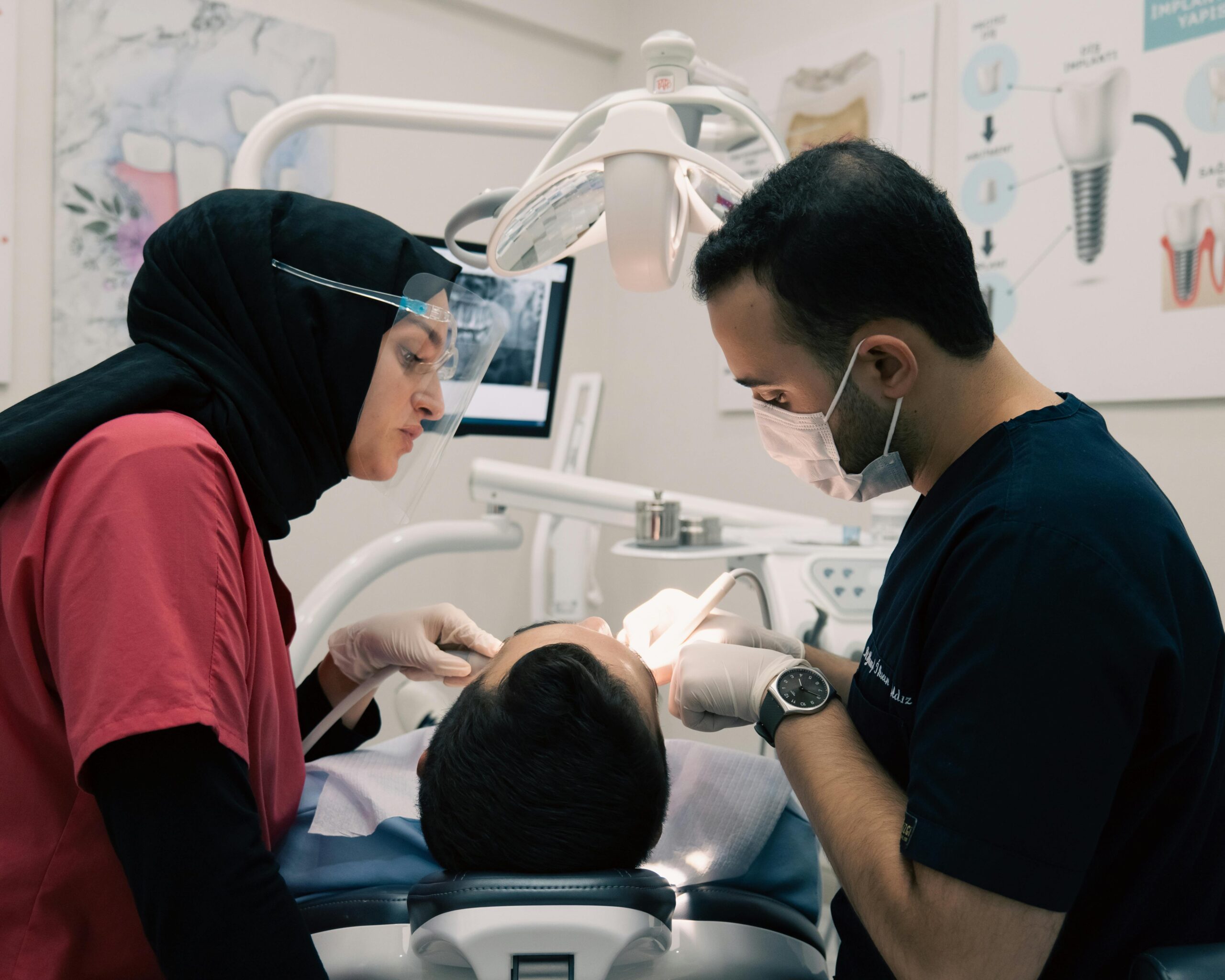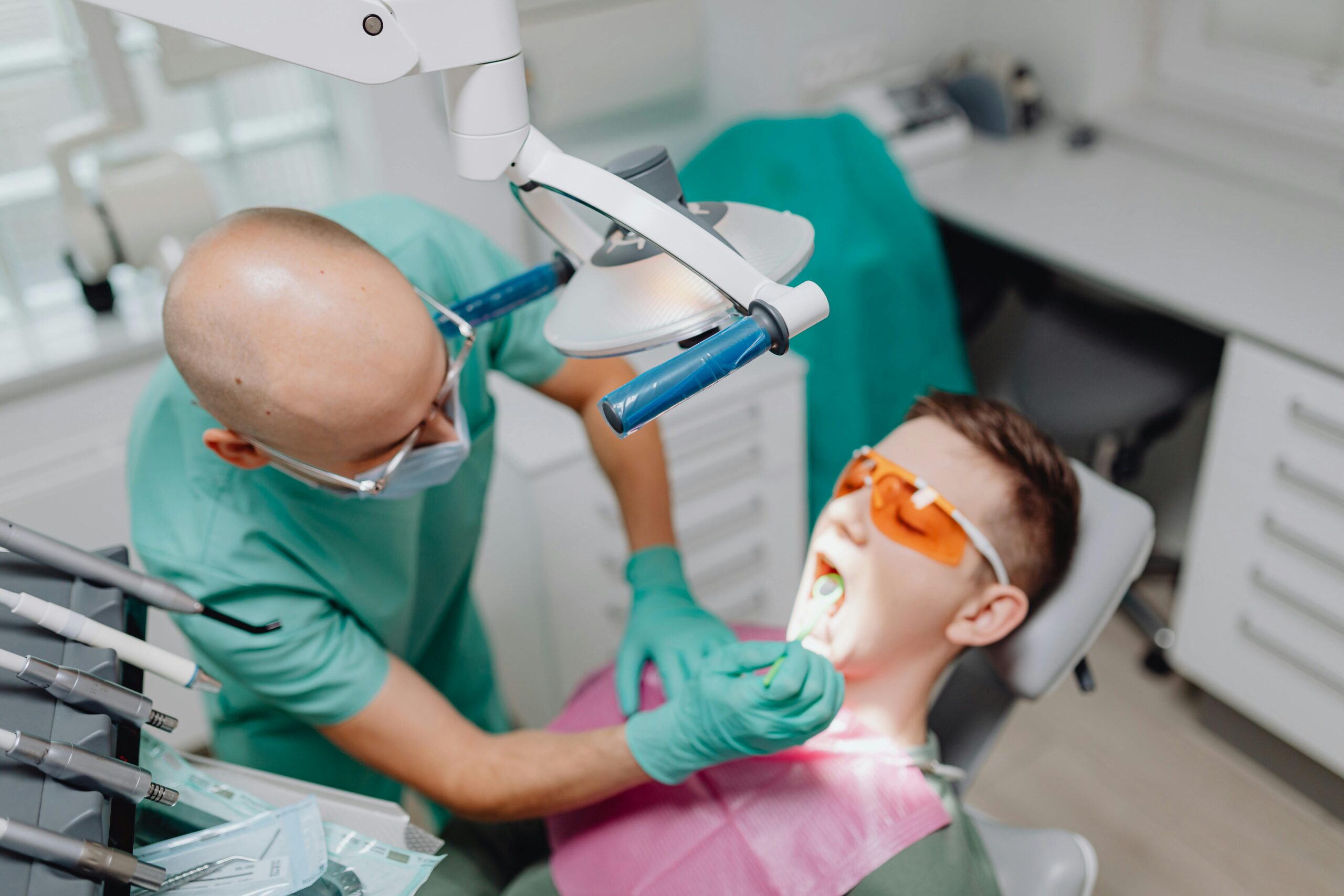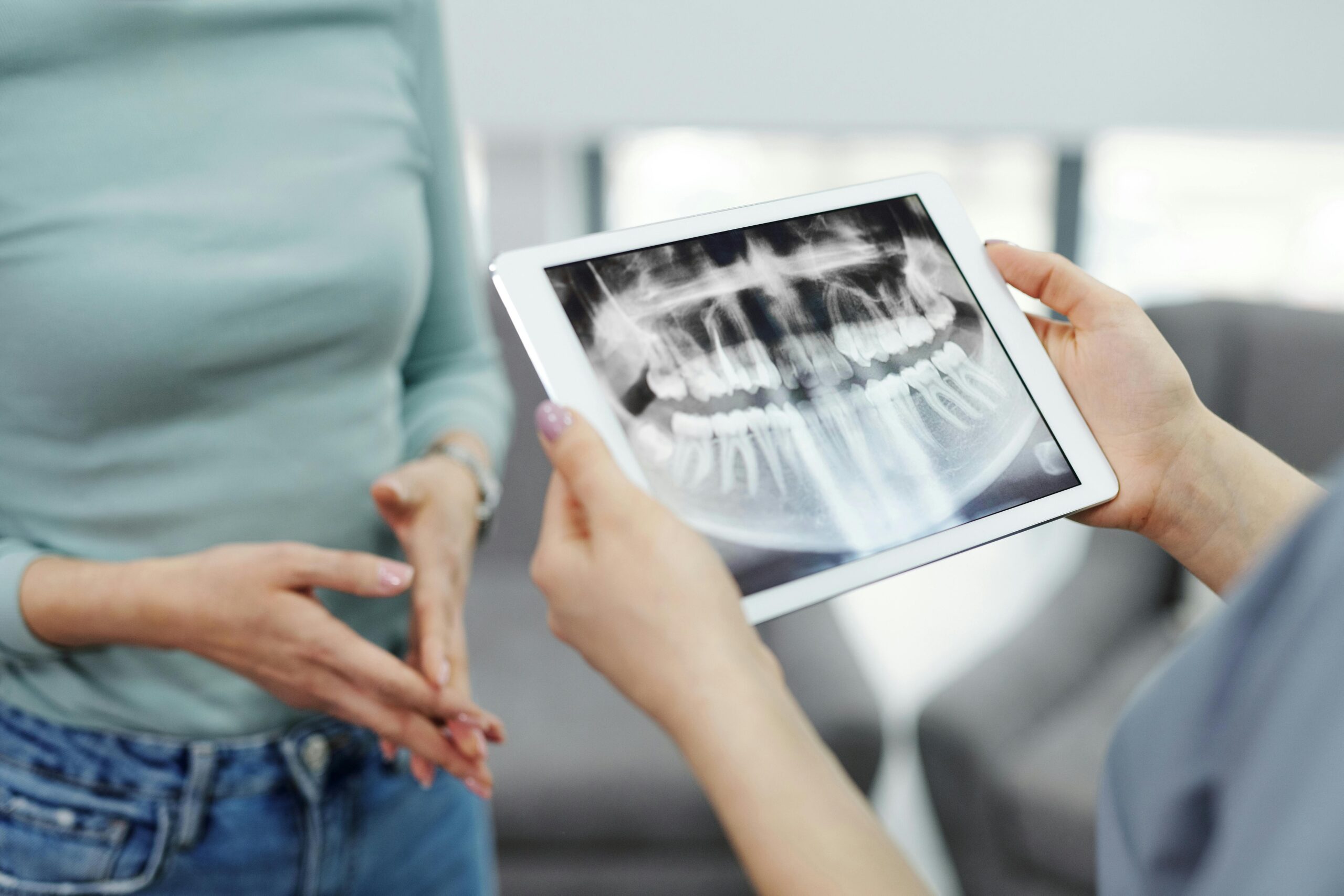Common Questions
Many people ask, “when is dental problem an emergency?” In general, it’s urgent if you have severe pain, uncontrolled bleeding, facial swelling, signs of infection (fever, feeling ill), trauma, or a knocked‑out tooth. These issues can affect your overall health or the survival of a tooth and should be seen promptly. Minor chips, a lost filling without pain, or a mild, on‑and‑off ache can usually wait for the next available visit.
A severe toothache that wakes you at night or worsens with hot or cold often means the nerve is inflamed or infected. Prompt evaluation helps prevent spread of infection and can save the tooth; care may include gentle root canal treatment to remove the source of pain while preserving the tooth structure.
If a permanent tooth is knocked out, handle it by the crown (not the root), gently rinse if dirty, keep it moist (milk or a small container of your own saliva), and seek same‑day dental care. Do not scrub the root or let it dry out; time matters for the best chance of saving the tooth.
Swollen, tender gums around a partly erupted wisdom tooth, bad taste, and limited mouth opening can signal a gum infection (pericoronitis) that may need urgent care. Depending on the situation, cleaning, antibiotics, or timely wisdom tooth removal may be recommended after evaluation.
- Is a cracked tooth an emergency? Pain on biting, a deep crack, or lingering sensitivity suggests a same‑day visit; a small, painless chip is typically not urgent.
- What if a crown or filling falls out? If comfortable, keep the area clean and avoid sticky foods; sharp edges can be covered with dental wax or sugar‑free gum until you’re seen.
- Do I need antibiotics for tooth pain? Not for routine toothache; antibiotics are reserved for spreading infection, fever, or facial cellulitis. Definitive dental treatment addresses the cause.
- When is swelling dangerous? Facial swelling that’s worsening, or any trouble breathing or swallowing, warrants immediate urgent evaluation.
- What about cuts or suspected broken jaw? Deep cuts that won’t stop bleeding or suspected fractures should be assessed in an emergency setting.
For availability, check our current hours, and describe your symptoms when you contact us so we can guide you to appropriate, timely care.
Understanding Dental Emergencies
A dental emergency is a problem that threatens your health, comfort, or the survival of a tooth and needs same‑day attention. Severe pain, swelling, fever, uncontrolled bleeding, or trauma to the teeth or jaw are warning signs. If you are unsure when is dental problem an emergency, treat anything with spreading swelling, trouble swallowing, or a knocked‑out permanent tooth as urgent.
Infections inside a tooth or the gums can spread through the face and neck. Signs such as facial swelling, warmth, tenderness, bad taste, limited mouth opening, or feeling unwell point to urgent care. Swelling that is rapidly getting worse, involves the eye or the floor of the mouth, or causes trouble breathing or swallowing is a medical emergency and should be evaluated without delay. A permanent tooth that is completely out of the socket has the best chance of survival if kept moist and seen promptly; do not scrub the root or let it dry.
Not every break or lost filling is urgent. A small chip without pain can often wait a short time; keep the area clean and avoid biting hard foods on it. A deep fracture with pain on biting or visible pink tissue needs same‑day evaluation; treatment may involve stabilizing the tooth or placing a temporary restoration, with follow‑up for definitive coverage such as custom crowns or bridges. A broken denture that affects eating or speaking can usually be addressed soon but is rarely an emergency unless there is bleeding or a wound.
What to expect at an urgent dental visit: your dentist will ask about your symptoms, examine the area, and take an X‑ray if needed. Relief often comes from targeted dental care—draining an abscess, smoothing a sharp edge, placing a sedative filling, or treating an inflamed nerve—rather than antibiotics alone. Some patients benefit from comfortable care with oral sedation when appropriate. While you await care, cold compresses and over‑the‑counter pain relievers as directed on the label may help; avoid placing aspirin on the gum or heat on a swollen area.
Signs of a Dental Emergency
Dental emergencies are problems that threaten your health or the survival of a tooth and need same‑day attention. Clear warning signs include severe or worsening pain, facial swelling, fever, uncontrolled bleeding, or an injury to the teeth or jaw. Trouble breathing or swallowing, or a tooth that is completely knocked out, are urgent and should be evaluated without delay. If you’re asking “when is dental problem an emergency,” these are the red flags to watch for.
Pain that wakes you from sleep, lingers after hot or cold, or sharp pain when biting can signal nerve inflammation or infection that needs prompt care. Swelling of the gums or face, warmth, tenderness, a bad taste, or a pimple‑like bump on the gum suggest an abscess. Rapidly increasing swelling, swelling near the eye or under the tongue, fever, chills, or feeling ill raise concern for a spreading infection and warrant urgent evaluation.
Bleeding that does not slow after firm pressure for 10–15 minutes, or bleeding with large clots, is another emergency sign. Any cut that gapes, goes through the lip, or exposes bone should be assessed promptly. After an extraction, severe pain that is not improving, foul taste or odor, or persistent bleeding should be reviewed the same day.
Trauma needs attention if a permanent tooth is knocked out, loosened, pushed out of place, or if a tooth fractures and you see pink tissue (pulp). A knocked‑out permanent tooth has the best chance of survival if kept moist (milk or your own saliva) and seen quickly; avoid scrubbing the root or letting it dry. Suspected jaw fracture, difficulty opening your mouth, or numbness of the lip or chin after injury are also urgent.
Not every situation is an emergency. A small, painless chip, a lost filling without sensitivity, or a mildly loose baby tooth often can wait for the next available visit while you keep the area clean and avoid hard biting. When in doubt, describe your symptoms to a dental professional—timing and details help us decide the safest next step and protect your overall health.
What to Expect at Your Visit
At an urgent dental visit, the first goal is to relieve pain, control infection, and protect your teeth and gums. You’ll describe what happened and what you’re feeling; we’ll examine the area and take X‑rays if needed, then explain your options and next steps. If you’re wondering when is dental problem an emergency, this visit focuses on the issues that can’t wait and helps you move toward safe, steady recovery.
We start with a brief triage: your symptoms, medical history, medications, and allergies. If there’s swelling or fever, we’ll check vital signs and look for any limits in opening or swallowing. The exam includes your teeth, gums, bite, and nearby soft tissues. Depending on your symptoms, we may use X‑rays and simple tests (like gentle tapping or temperature) to find the source of pain.
Comfort comes first. We’ll numb the area and stabilize the problem tooth or tissues. Common same‑day steps include smoothing a sharp edge, placing a protective or temporary filling, draining a gum or tooth abscess, splinting a loose tooth after injury, or opening the tooth to calm an inflamed nerve. Medicines may be recommended for pain; antibiotics are considered when there are signs of spreading infection or you’re feeling systemically unwell. For patients with strong dental anxiety or complex procedures, we can discuss options such as safe deep sedation support when appropriate.
Before you leave, you’ll get clear home instructions and a plan. Cold compresses, a soft diet, and over‑the‑counter pain relievers as directed on the label are often helpful; avoid placing aspirin on the gums or heat on a swollen area. We’ll schedule the definitive care you need (such as root canal therapy, a crown, or extraction) and coordinate referrals if required. If a chipped front tooth isn’t urgent but affects your smile, we can plan a quick cosmetic repair like conservative dental bonding at a follow‑up visit.
When to Call a Dentist
Call a dentist right away if you have severe tooth pain, facial swelling, fever, uncontrolled bleeding, or a tooth that was knocked out or moved by an injury. Trouble breathing or swallowing, or swelling near the eye or under the tongue, is a medical emergency—seek urgent evaluation without delay. Small chips without pain or a lost filling that isn’t sensitive can often wait for the next available visit, but call if you’re unsure so we can guide you safely.
If you’re wondering “when is dental problem an emergency,” pain that wakes you from sleep, lingers after hot or cold, or hurts to bite usually needs same‑day care. Swelling in the gums or face, a bad taste, or a pimple‑like bump on the gum can mean an abscess. Fever, feeling ill, or swelling that is spreading are red flags and should be checked promptly. A deep crack, visible pink tissue inside a broken tooth, or a tooth that suddenly feels much taller or loose after biting something hard also deserves quick attention.
If a permanent tooth is knocked out, handle it by the crown, gently rinse if dirty, keep it moist (milk or your own saliva), and seek same‑day dental care. Do not scrub the root or let it dry. If a baby tooth is knocked out, do not try to put it back—call for advice. Teeth that are pushed out of position, a jaw that feels broken, numbness of the lip or chin after injury, or cuts that won’t stop bleeding should be assessed without delay.
When you call, tell us what happened, where it hurts, and any swelling, fever, or changes in swallowing or breathing. Share your medical conditions, medicines, and allergies. While you wait, cold compresses can reduce swelling, and over‑the‑counter pain relievers as directed on the label may help. Avoid placing aspirin on the gums and avoid heat on a swollen area. Keep the area clean, avoid biting hard on the sore tooth, and save any broken tooth pieces or restorations in a small container.
Non-Emergency Dental Issues
Many dental problems are uncomfortable but not urgent. Small chips without pain, a lost filling that isn’t sensitive, a temporary crown that comes off without discomfort, or mild, on‑and‑off tooth sensitivity can usually wait for the next available visit. If you’re asking “when is dental problem an emergency,” these situations are typically safe to monitor for a short time while you plan care.
While you wait, keep the area clean with gentle brushing and flossing. Rinse with warm saltwater, avoid very hard or sticky foods on the area, and cover any sharp edge with dental wax or sugar‑free gum. A cold compress can ease soreness on the cheek, and over‑the‑counter pain relievers as directed on the label may help. Do not place aspirin on the gums and avoid heat on a swollen area.
Some soft‑tissue issues are also non‑urgent. A minor lip or cheek bite that stops bleeding with pressure, a small canker sore or cold sore without fever, or mild gum tenderness after new flossing usually improves over a few days. Orthodontic wires that slightly irritate the cheek can often be managed temporarily with orthodontic wax until an appointment. A broken denture that does not cause cuts or choking risk can be repaired or remade soon, but it rarely needs same‑day care.
Non‑emergency tooth concerns are still worth timely attention so they don’t turn into bigger problems. A small cavity or a chipped edge can often be managed conservatively once examined. If you wish to improve color or brightness while we address routine issues, options like professional teeth whitening can be planned at a convenient visit. Minor shape or alignment concerns that aren’t painful can also be addressed electively, for example with custom porcelain veneers after proper evaluation.
Watch for any change that suggests urgency. Increasing or severe pain, swelling of the face or under the tongue, fever, trouble swallowing, a tooth that becomes very loose, or bleeding that won’t stop are red flags and should be evaluated promptly. If a situation feels different or is getting worse, describe your symptoms to a dental professional so we can guide you to the right level of care.
How to Manage Dental Pain
Start by checking for red flags: facial swelling, fever, trouble swallowing, or a tooth knocked out—these are emergencies. If you’re unsure when is dental problem an emergency, call for guidance; otherwise, short‑term self‑care can make you more comfortable until you’re seen. Use a cold compress on the cheek 10–20 minutes at a time, keep the area clean, and avoid biting hard foods on the sore tooth.
Over‑the‑counter pain relievers, used exactly as the label directs, can help. For many adults without contraindications, anti‑inflammatory medicines are effective for short‑term dental pain; after periodontal surgery, anti‑inflammatory drugs have been shown to improve recovery and reduce pain [1]. If you cannot take anti‑inflammatories, acetaminophen is another option. Do not place aspirin on the gums, and avoid heat on any swollen area.
Simple non‑drug steps can add comfort. Listening to calm music or binaural beats may modestly lower dental pain and anxiety for some patients [2]. Aromatherapy has also shown benefit in reducing children’s dental anxiety and pain during anesthesia [3]. Slow nasal breathing and using topical numbing gels only as directed may provide brief relief.
Match care to the symptom while you await evaluation. For hot/cold sensitivity, avoid temperature extremes and sweet drinks; a gentle desensitizing toothpaste can be used. If a tooth is cracked or hurts to bite, chew on the other side and skip hard or seedy foods. If a filling or crown comes off and you’re comfortable, keep the area clean and cover any sharp edge with dental wax or sugar‑free gum until you’re seen. Don’t start leftover antibiotics; most toothaches need definitive dental treatment—such as cleaning an inflamed nerve, draining an abscess, or placing a protective restoration—to remove the cause of pain.
Seek prompt care if pain is severe, waking you at night, or paired with swelling, fever, or a bad taste. Describe what happened, where it hurts, and any changes in swallowing or breathing when you contact a dental professional so we can guide you to timely, safe care.
Preventive Measures for Emergencies
Most dental emergencies can be reduced with daily care, protective habits, and timely checkups. Brush with fluoride toothpaste twice a day, clean between teeth daily, and limit frequent sugar and acidic drinks. Wear a mouthguard for contact or fast‑moving sports, and don’t use your teeth as tools. Knowing when is dental problem an emergency is helpful, but preventing problems in the first place is even better.
Strong home care keeps small problems from turning into urgent ones. Use a soft toothbrush and gentle pressure so gums don’t get injured. If your mouth feels dry from medicines or dehydration, sip water often and consider sugar‑free gum to stimulate saliva. Avoid chewing ice, popcorn kernels, pens, or hard candies that can crack teeth or fillings. If you clench or grind at night, ask about a custom night guard to protect your teeth from fractures and sore jaws.
Protect your smile during activities. Wear a properly fitted mouthguard for basketball, soccer, football, hockey, martial arts, skateboarding, skiing, and mountain biking. Always use seatbelts and helmets to reduce facial injuries. Remove oral jewelry during sports to prevent chipped teeth and lip tears. At home, reduce fall risks with stair gates for young children, night‑lights, and non‑slip mats in the shower.
Plan ahead for the unexpected. Keep a small dental first‑aid kit: clean gauze, orthodontic or dental wax, a small container with a lid, and saline or milk. If a permanent tooth is knocked out, hold it by the crown, gently rinse if dirty, keep it moist (milk or your own saliva), and seek same‑day dental care; do not scrub the root or let it dry. For a loose crown or sharp edge, dental wax or sugar‑free gum can cover the spot until you’re seen.
Regular dental visits catch issues early. Periodic exams and X‑rays, when indicated, can find small cavities, cracks, or gum problems before they become painful. Replacing worn fillings and smoothing rough edges lowers the chance of sudden breaks. If something changes—pain, swelling, fever, or bleeding—describe your symptoms to a dental professional so we can guide you to safe, timely care.
Frequently Asked Questions
Here are quick answers to common questions people have about When Is a Dental Problem an Emergency? in Glendale, AZ.
- What should I do if my child has a dental emergency?
If your child experiences a dental emergency, it’s important to stay calm and act swiftly. For pain or swelling, a cold compress can ease discomfort while waiting for professional care. Keep the affected area clean, and do not place aspirin directly on the gums. Knocked-out permanent teeth should be kept moist by placing them in milk or the child’s saliva, and seek same-day dental care. For facial trauma or uncontrolled bleeding, immediate medical attention is necessary. Describe symptoms accurately when you call a dental professional to ensure the right level of care is provided.
- Why is a knocked-out tooth considered a dental emergency?
A knocked-out tooth is a dental emergency because immediate care greatly increases the chance of saving the tooth. Time is critical; if the tooth is replanted within an hour, the chances of successful reattachment are higher. Proper handling involves keeping the tooth moist by placing it in milk or saliva, but not letting it dry out or scrubbing the root. Quick intervention by a dental professional significantly affects the outcome and can preserve the natural tooth.
- How can I identify a dental abscess?
A dental abscess may present symptoms like severe, throbbing pain in the affected tooth or gum, facial swelling, fever, and a bad taste. You might also notice a pimple-like bump on the gum, which can be tender when touched. An abscess indicates an infection, necessitating prompt dental care to prevent the spread of infection and to relieve pain. If symptoms worsen or are accompanied by difficulty swallowing or breathing, seek immediate care.
- Can all dental problems wait until regular office hours?
Not all dental problems can wait for regular office hours. Emergencies like severe pain, uncontrolled bleeding, facial swelling, or a knocked-out tooth require prompt attention to prevent complications. Issues that seem minor, such as a small chip without pain, are usually safe to manage with careful hygiene until you can see a dentist. When uncertain about the urgency, contact a dental professional to discuss your symptoms and receive timely advice.
- How does oral hygiene prevent dental emergencies?
Maintaining oral hygiene can reduce the risk of dental emergencies by preventing decay, gum disease, and fractures. Brushing with fluoride toothpaste twice a day and flossing removes plaque, reducing the risk of cavities and gum infection. Regular dental checkups catch issues early, allowing for conservative treatment before they escalate into emergencies. Protecting teeth during activities with mouthguards further limits the risk of injury and helps maintain dental health long-term.
References
- [1] Perioperative Anti-inflammatory Drugs and Recovery after Periodontal Surgery: A Systematic Review and Meta-Analysis. (2025) — PubMed:40947958 / DOI: 10.1177/23800844251365539
- [2] Effectiveness of Binaural Beats in Reducing Dental Pain and Anxiety among Children and Adults: A Systematic Review and Meta-analysis. (2025) — PubMed:40989974 / DOI: 10.5005/jp-journals-10005-3230
- [3] Lavender-Neroli Aromatherapy for Reducing Dental Anxiety and Pain in Children During Anesthesia: A Two-Arm Randomized Controlled Trial. (2025) — PubMed:40981164 / DOI: 10.3390/medsci13030166




